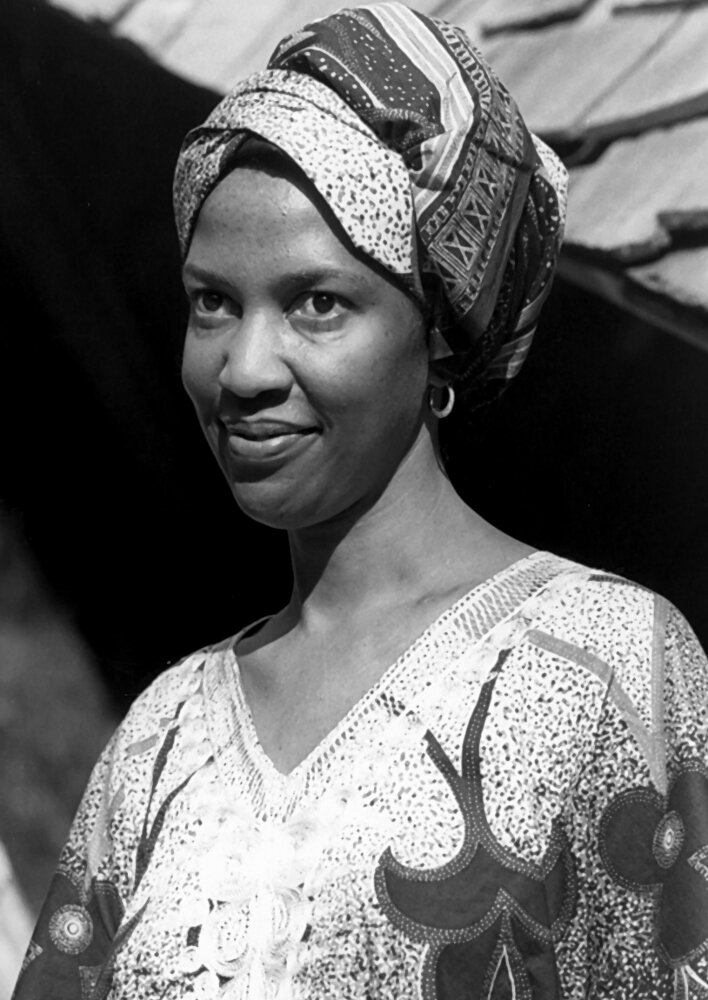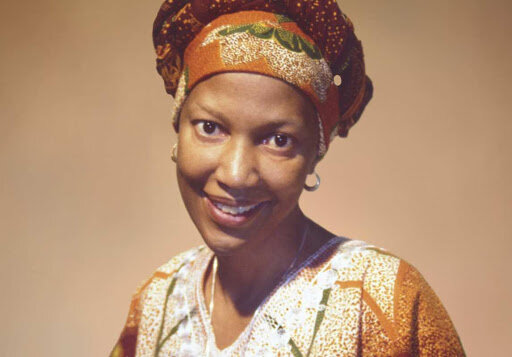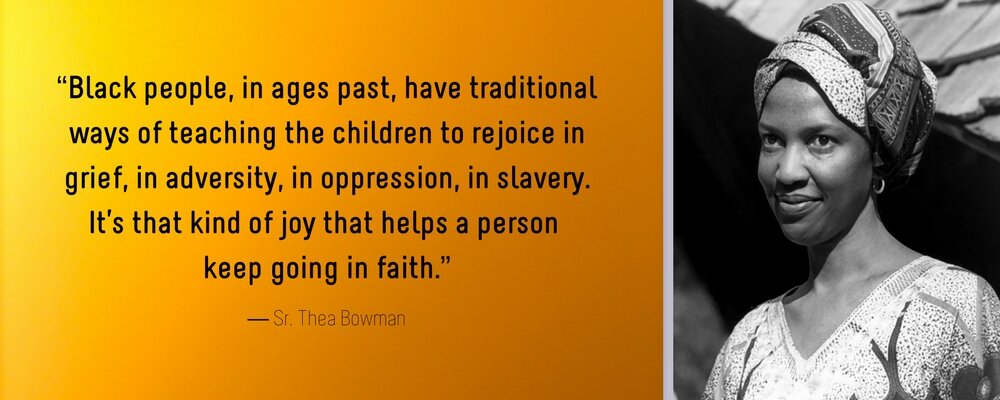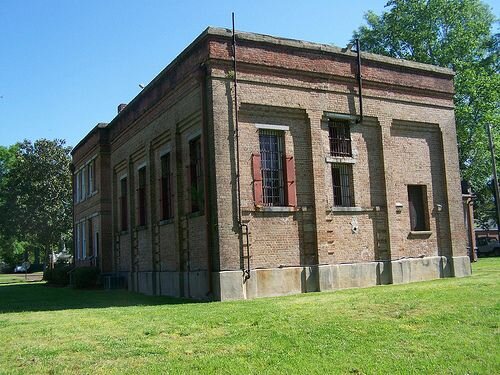

Our History
Our History
People From All Over The World Visit Canton For Our Rich History
SISTER THEA BOWMAN
Sister Thea Bowman was an educator, Missionary Discple, Advocate for Cultural Awareness and Racial Harmony. Before she died of cancer in her home here in Canton, MS, she spoke these words, “We unite ourselves with Christ’s redemptive work when we reconcile, when we make peace, when we share the good news that God is in our lices, when we reflect to our brothers and sisters God’s healing, God’s forgiveness, God’s unconditional love.” She was a religious woman who dedicated her life to the joy of the Gospel and promote cultural awareness and racial reconciliation.
Canton was the home of Sister Thea Bowman, but she is still remembered all across America today. There are schools, education foundations, housing units, and health clinics that are named in her honor.
More of Sister Thea can be found here.
The Courthouse
The very center and glory of our town is the beautiful Greek Revival Courthouse. Members of the local Masonic Order laid the cornerstone to the Courthouse in July 1855. The Board of Police paid $26,428 for it, as well as $65 per month to a commissioner to supervise proper construction - a magnificent sum at that time. The brick used were salvaged from the old Courthouse that had been condemned in 1840 because of the deterioration of the mortar. The new Courthouse was the scene of a huge Fourth of July celebration in 1857, but was not legally accepted until 1858. The beautiful iron fence was added later at a cost of $5,250.
The large dome (twenty feet in diameter and thirty feet high) has twice been threatened with removal for security reasons. The first time was during original construction in 1856, and the second time was during remodeling in 1925. Both times the women of the town were successful in protecting it by insisting that "beauty prevail over reason."
The Courthouse has also served as a gathering place to welcome the railroad, send soldiers off to war, as a Court of Justice and the Seat of county offices, a polling place, an early library, a theater, and a hospital during the yellow fever epidemic.
The happenings within the Courthouse walls have reflected the humorous, chivalrous, hardheaded, hospitable personalities who have given the South its distinctive character. During reconstruction, there was so much ballot box stuffing and tensions that when Election Day threatened to become bloody, a group of officials dispersed a gathering crowd by climbing into the dome and shooting down rocks with sling shots.
The legal chambers within the Courthouse have witnessed many fiery trials, several of which resulted in duels between lawyers. When dueling had been outlawed in the state, Judge Calhoun and Judge Bowers, respecting the law, traveled together to Vicksburg and crossed the river into Louisiana to settle a court quarrel with pistols. Neither man was injured, it was simply a matter of honor.
In 1994-1995 a new Courthouse was built one block north of the Square and the beautiful old Courthouse underwent a $2,000,000 renovation. The 1855 cornerstone was opened and re-laid by the Masonic Order. The first floor is currently home to the Madison County Economic Development Authority, and the old courtroom, on the second floor, is currently not in use.
The Courthouse Square
In 1982, the Canton Courthouse Square District was officially entered into the National Register of Historic Places and declared one of three best examples in the State of Mississippi.
The Courthouse Square, still the focus of exciting activities, is the scene twice yearly of the nationally famous Canton Flea Market Arts & Crafts Show. The Market attracts up to 100,000 visitors annually from across the United States and beyond.
It is estimated that over $20,000,000 in public and private funding has been invested in the Canton Square District, including the new and old Courthouses.
In recent years, the beauty, uniqueness, and preservation efforts of our Courthouse Square and Historic District, with its beautiful homes, have attracted the attention of Hollywood. In addition to the five major films, many advertising agencies have chosen Canton as the location for commercial and corporate shoots, and PBS again chose the town for a segment of a six hour blues documentary on blues great Skip James to air in 2003.
Madison County, the 23rd county in Mississippi was named for fourth President James Madison, and was created in 1828 out of Yazoo and Hinds Counties. It incorporates lands between the Pearl and Big Black Rivers where General Andrew Jackson met with the Choctaw Chieftain, Pushmataha. That meeting resulted in the 1820 Treaty of Doak's Stand.
This area attracted large numbers of settlers from Virginia and the Carolinas who came to farm the lush, rolling hills, and fertile soil.
In 1833, the Madison County Board of Police (a governing body similar to today's supervisors) appointed surveyor John B. Peyton to select a geographical center for a new county seat and to lay it out in blocks. In 1834, 40 acres of land belonging to Killis and Margaret Walton were deeded to the county for $100. The land was divided into square parcels with the plot nearest the center reserved for the public square.
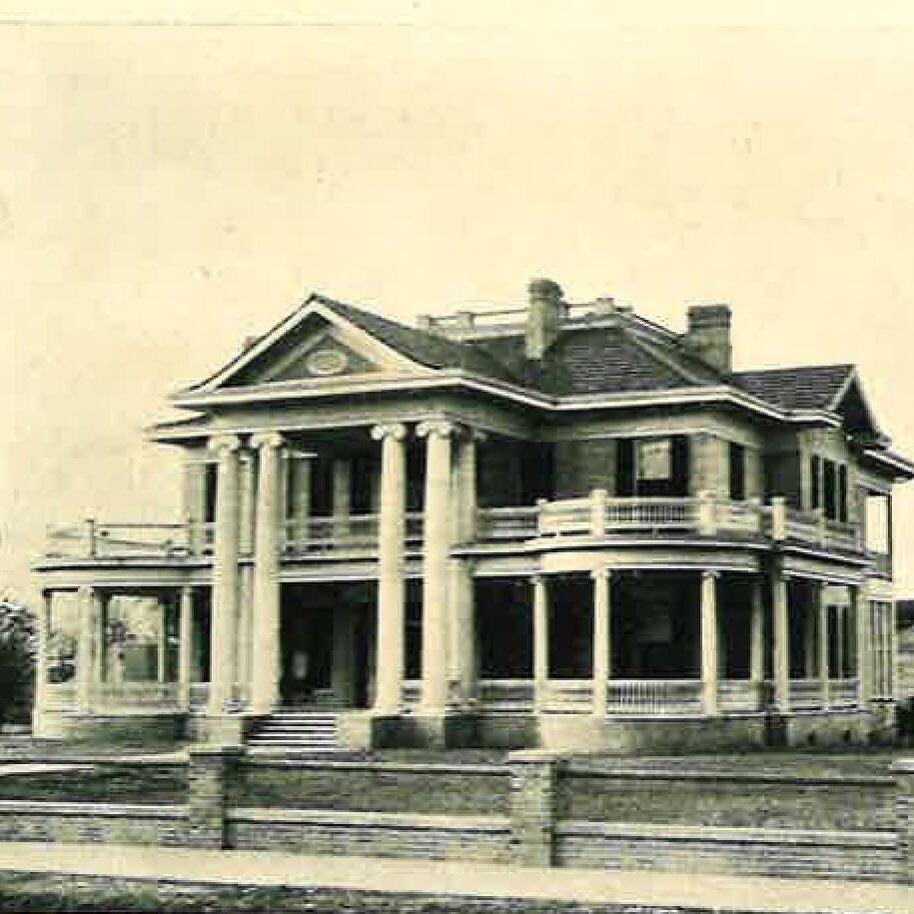
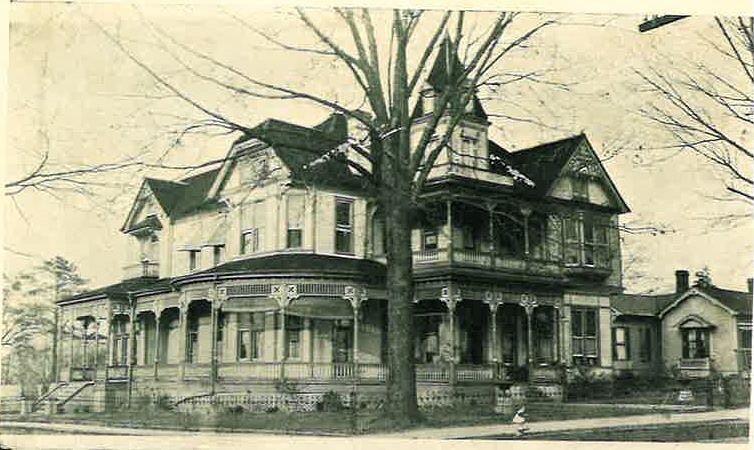
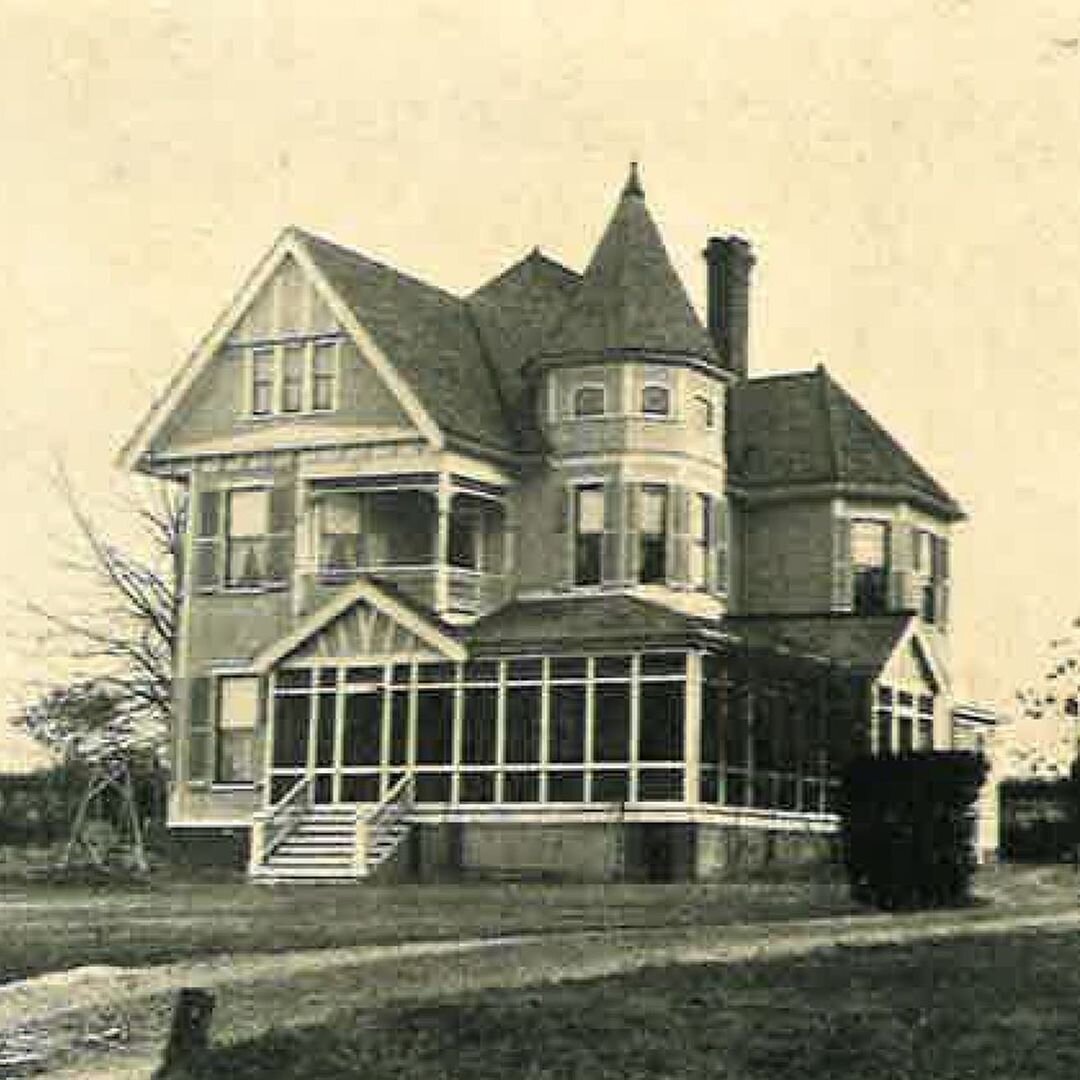

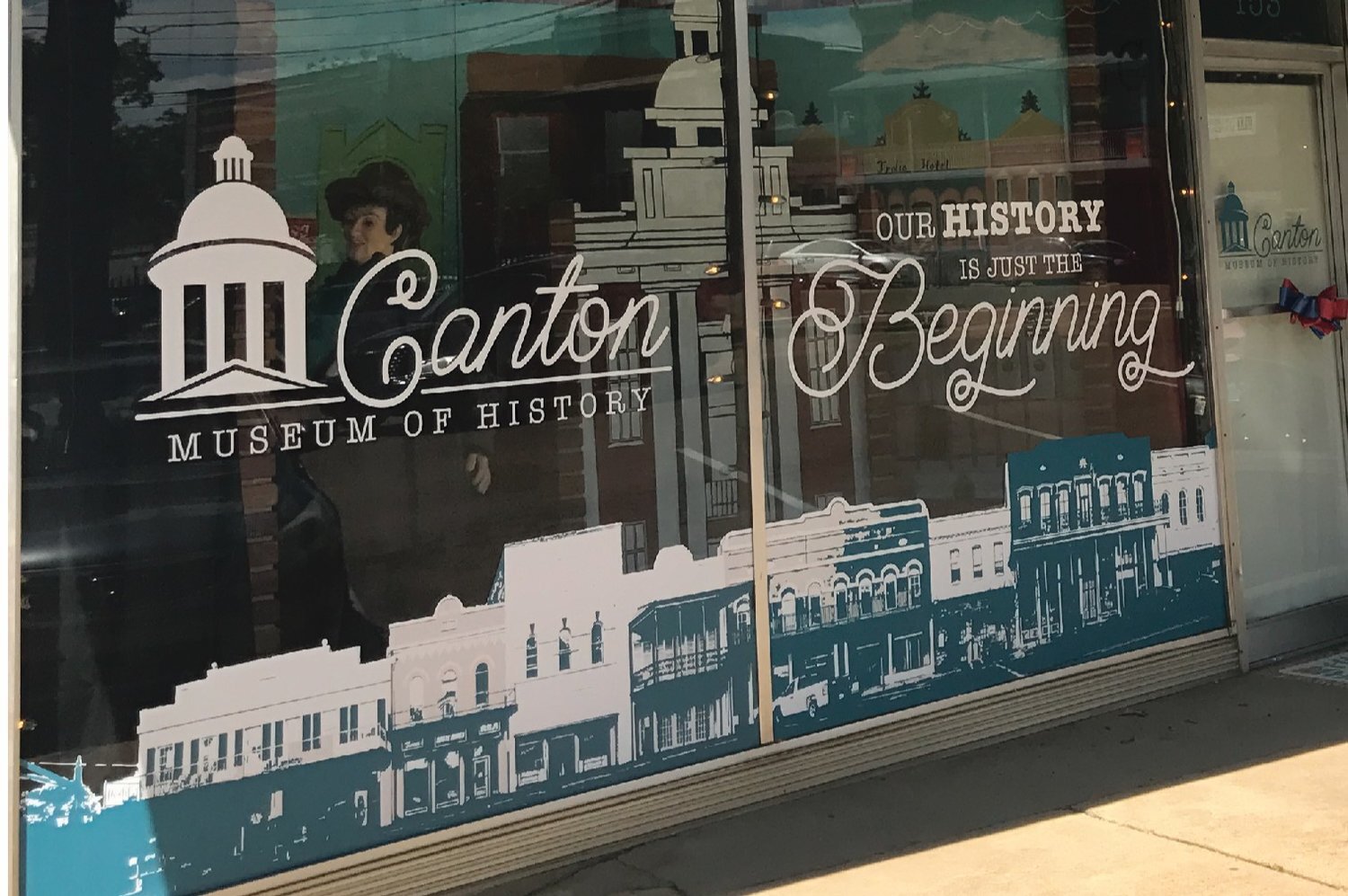
In 1836, the town was legally incorporated and boasted a population of 400. The first recorded ordinance made it a misdemeanor to gallop horse, mare, or mule on any street or alley.
By 1838, Canton boasted two banks, two hotels, ten dry goods stores, a drug store, three groceries, a bakery, a tin shop, three tailor shops, and two watchmakers. The public buildings were a courthouse, jail, church, and a female academy. The town enjoyed notoriety for having as visitors the celebrated original Siamese twins, Chang and Eng, who ordered two custom suits from Perlinsky's Tailor Shop.
There are two stories concerning the naming of Canton, and both attribute the name to Chinese origin. One states that Canton, Mississippi is the exact opposite side of the world as Canton, China, and was thus named. The other story states that the daughter of a Chinese family died in the area and the sympathetic community named the town for the family. There is really no more proof for one over the other, it's just which one you wish to believe.



